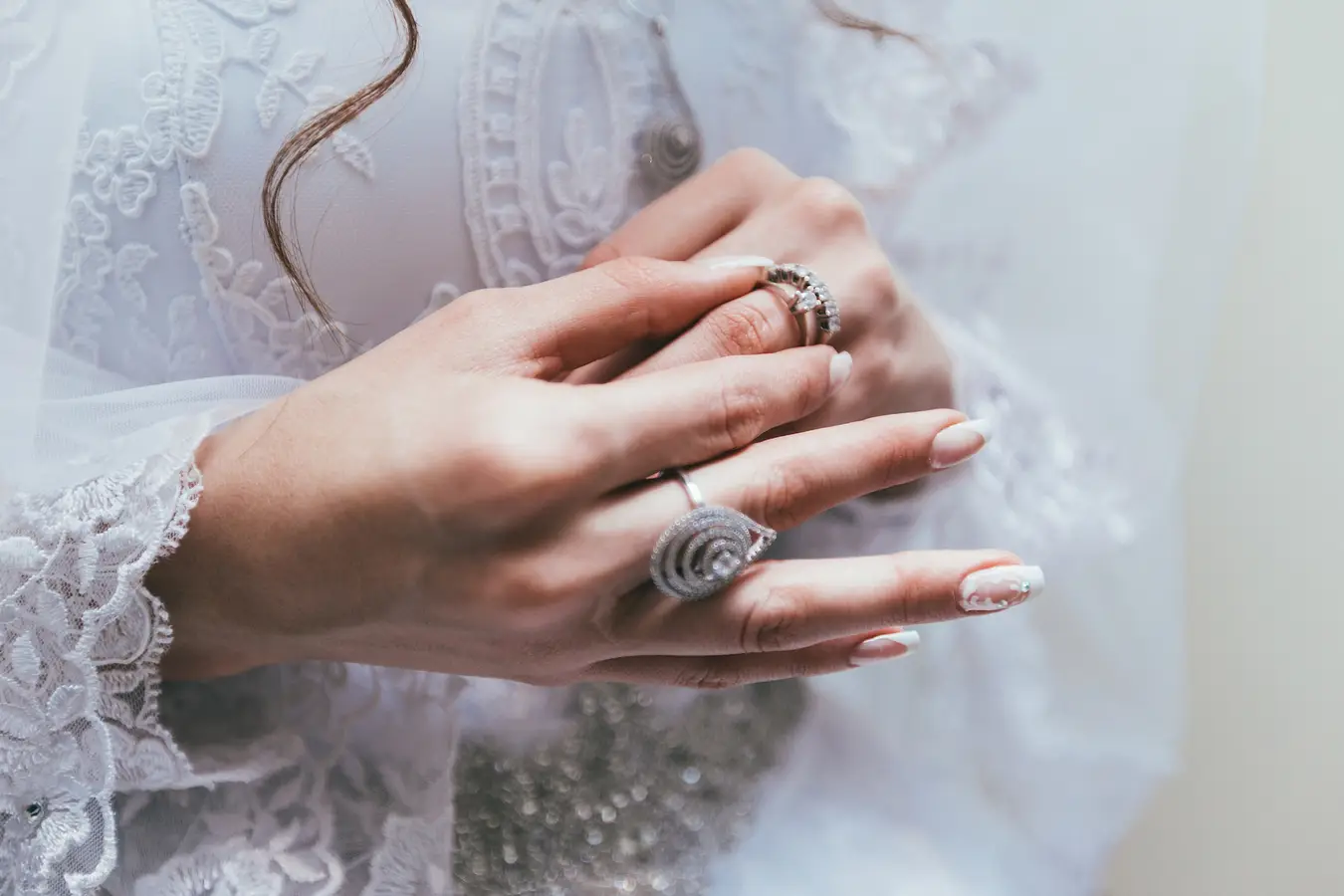When it comes to buying a diamond, there’s more to it than just its sparkle. Diamonds are a symbol of eternal love and commitment, making the selection process a crucial step. Understanding the intricacies of diamond grading can help you choose the perfect stone for your jewelry. Let’s delve into the essential factors to consider when selecting a diamond.
The 4Cs:
The 4Cs—Cut, Clarity, Color, and Carat—form the foundation of diamond grading.
- Cut: The cut determines a diamond’s brilliance and how well it reflects light. A well-cut diamond will sparkle and exhibit maximum brilliance.
- Clarity: Clarity refers to the absence of inclusions or blemishes within the diamond. The clarity grade ranges from Flawless (no inclusions) to Included (visible inclusions).
- Color: Diamonds come in various hues, and color grades range from D (colorless) to Z (light yellow or brown). Colorless diamonds are highly valued for their rarity.
- Carat: Carat weight measures a diamond’s size. Remember, a higher carat doesn’t necessarily mean better quality. It’s essential to balance carat weight with the other Cs for optimal value.
Certifications and Authenticity:
Ensure the diamond comes with a reputable grading report from an independent gemological laboratory like GIA (Gemological Institute of America) or AGS (American Gem Society). These certifications provide accurate information on the diamond’s characteristics.
Shape and Style:
Diamonds come in various shapes: round, princess, oval, marquise, pear, and more. Choose a shape that complements the jewelry design and personal preference. Additionally, certain cuts may accentuate a diamond’s brilliance differently.
Budget Consideration:
Establish a budget range before starting your search. Remember, the 4Cs directly influence the price. Consider prioritizing the factors most important to you—whether it’s size, brilliance, or clarity—to make the best decision within your budget.
Ethical Sourcing:
Opt for diamonds from sources that adhere to ethical mining practices. Look for conflict-free diamonds certified under the Kimberley Process to ensure your purchase supports ethical trade practices.
Final Tips:
- View diamonds in various lighting conditions to observe their sparkle and brilliance.
- Ask for assistance from a certified gemologist or jeweler for expert advice.
- Consider the setting and metal type when selecting a diamond, as it can affect the overall appearance.
In conclusion, the art of diamond selection involves a careful balance of the 4Cs, personal preferences, budget considerations, and ethical sourcing. By understanding these key aspects, you’ll be equipped to make an informed decision and find the perfect diamond that symbolizes your enduring love and commitment.


0 Comments